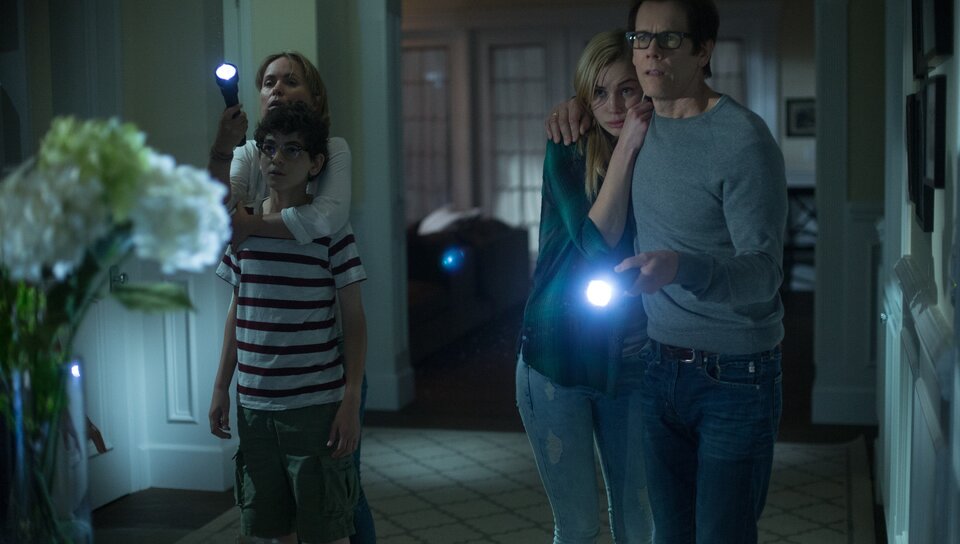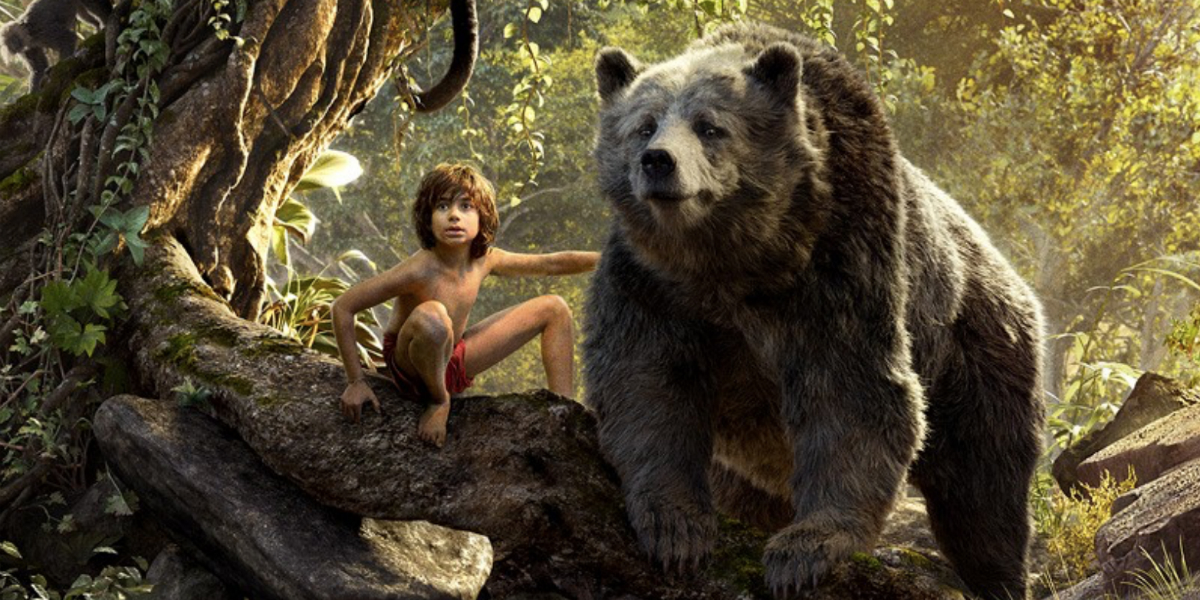“Finding Dory” is Pixar’s latest attempt at recapturing the
magic of one of their flagship animated films. “Toy Story” managed to go back
to the well twice, resulting in satisfying sequels that arguably eclipsed the
original. On the other side of the spectrum they have “Cars 2;” a sequel nobody
asked for, which managed to annoy non-child audiences even more than its
predecessor. “Finding Dory” falls somewhere closer to that, even though, unlike
“Cars,” 2003’s “Finding Nemo” was beloved by many and is still quoted and
referenced to this day.
Ellen DeGeneres’ Dory, a blue fish with short-term
memory-loss, was the quirky comedic relief of the first film and helped to offset
the stern and humorless Clown fish Marlon (Albert Brookes) as they searched the
ocean for his son Nemo. Here she now takes center-stage after having flashbacks
of her childhood, becoming concerned with finding her parents and rediscovering
her roots, of which she only has fragmented memories. Marlon reluctantly agrees
to help her along the way before the two become separated and Dory is placed in
quarantine tank at a California marina. There she meets an octopus named Hank with
seven tentacles (Ed O’Neill), a near-sited whale named Caitlin (Kailin Olsen)
and a beluga named Bailey with broken sonar (Ty Burrell).
There’s plenty to admire about this production and the
animation is more rich and vibrant than we’ve seen from Pixar in a while. The
ocean vistas are alive with all kinds of activity in each frame and Dory, along
with the new characters in her adventure, are entertaining and humorous, but
structurally, this story struggles to find a natural flow, often labored in
clunky set-pieces that increasingly dares to break the audience’s suspension of
disbelief. Director and co-writer Andrew Stanton find far too many cheats to
get their ocean creatures out the water, with Dory spending much of the movie
in a coffee bowl while Hank slithers her around their marina enclosure—an
enclosure which seems to be fairly easy to escape from and, for some characters,
is completely open to the ocean.
Believability aside, the characters suffer from a lack of
clarity or specificity. The nature of Dory’s memory-loss, which has now been
upgraded from a quirk to a plot-point, is inconsistent and the severity of
which is often changed for jokes to land and for action sequences to work,
which only undercuts the movie’s emotional themes about overcoming and
transcending disability. Poor Nemo and
Marlon are given practically nothing to do in their piddling B-plot, which
slogs its way an eventual convergence with Dory’s more-lively, if not somewhat ridiculous,
A-plot.
The script feels unfinished and banal and the movie as a
whole doesn’t justify its being made—other than Disney’s obvious cash-grabbing
opportunity—but “Finding Dory” is still watchable. The voice talent helps to
elevate the telegraphed jokes and the eye-rolling call-backs, and the
animation, as previously mentioned, is gorgeous to look at. Pixar sets a high
bar of excellence that both damns the films in their catalog that are merely
mediocre while still shaming most their competitors, but I can’t help but
consider this a missed opportunity.
Originally published in the Idaho State Journal/Jun-25
Listen to this week's episode of Jabber and the Drone to hear more conversation about "Finding Dory."






